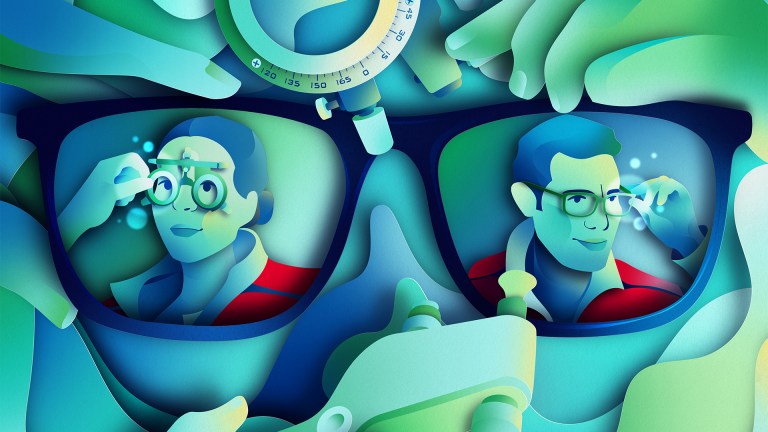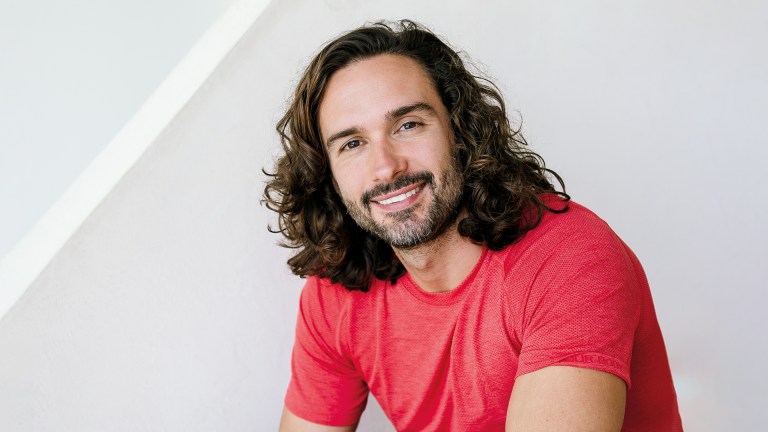In a piece of almost inexplicably good news, after almost two years of a global pandemic that has ravaged the NHS, record numbers of bright young students are still queuing up to become doctors. And boy, do we need them.
Ucas figures show applications to study medicine were up by 21 per cent in 2021 compared to the previous year, with 28,690 students eager for a career in medicine. Yet universities made 14 per cent fewer offers, giving places to over 7,000 fewer students than in 2019.
Britain trains only half the number of doctors that it needs, meaning that the country relies on attracting – some might say ‘stealing’ – doctors trained abroad, largely from Africa and South Asia. With demand so high, and an eager pool of potential students, why isn’t the UK training up more doctors?
Professor John Ashton, former president of the UK Faculty of Public Health, told the Big Issue that historically, it has suited the British medical profession to keep in place a system that maintains a hierarchy between native and overseas-trained doctors. “Whether by discrimination or disadvantage,” he says, overseas-trained doctors “tend not to finish up at the top of the pile.”
“It really is ridiculous that we are not training enough of our own doctors. When we are turning away two well-qualified 18-year-olds from medical school for every one we take.”
England is currently facing a deficit of 50,000 doctors. The EU average ratio of doctors to people is 3.7 doctors per 1,000 people, but the UK only has 2.8 doctors to treat every 1,000 potential patients.










